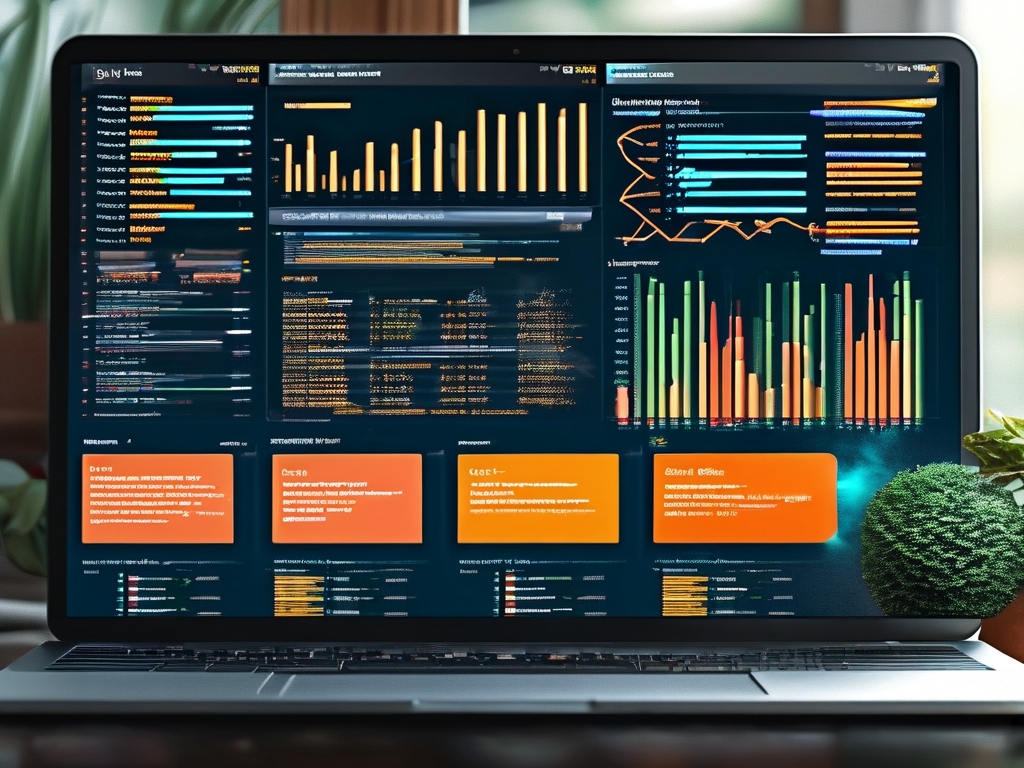Data mining (DM) is a critical component of modern analytics, enabling organizations to extract actionable insights from vast datasets. At its core, data mining relies on sophisticated algorithms to identify patterns, predict outcomes, and support decision-making. This article explores the most widely used data mining algorithms, their applications, and emerging trends in the field.
1. Classification Algorithms
Classification algorithms categorize data into predefined classes. Key examples include:
- Decision Trees: These hierarchical models split data based on feature values, creating rules for classification (e.g., C4.5, CART).
- Naive Bayes: A probabilistic classifier based on Bayes’ theorem, ideal for text classification and spam detection.
- Support Vector Machines (SVM): Uses hyperplanes to separate data points into classes, effective in high-dimensional spaces.
- Random Forest: An ensemble method combining multiple decision trees to improve accuracy and reduce overfitting.
Applications: Customer segmentation, fraud detection, and medical diagnosis.
2. Clustering Algorithms
Clustering groups similar data points without predefined labels. Popular methods include:
- K-Means: Partitions data into k clusters by minimizing variance within clusters.
- Hierarchical Clustering: Builds nested clusters using agglomerative or divisive approaches.
- DBSCAN: Identifies dense regions of data, robust to noise and outliers.
- Gaussian Mixture Models (GMM): Uses probability distributions to model clusters.
Applications: Market basket analysis, social network analysis, and image segmentation.
3. Association Rule Learning
These algorithms discover relationships between variables in large datasets:
- Apriori: Identifies frequent item sets and generates association rules (e.g., "customers who buy X also buy Y").
- FP-Growth: A faster alternative to Apriori, using a tree structure to compress data.
Applications: Retail recommendation systems, inventory management, and web usage mining.
4. Regression Algorithms
Regression models predict continuous outcomes. Common techniques include:
- Linear Regression: Models linear relationships between dependent and independent variables.
- Logistic Regression: Predicts binary outcomes using a logistic function.
- Polynomial Regression: Captures nonlinear relationships by adding polynomial terms.
Applications: Sales forecasting, risk assessment, and real estate pricing.
5. Anomaly Detection Algorithms
These identify rare or suspicious data points:
- Isolation Forest: Isolates anomalies using random decision trees.
- One-Class SVM: Trains on "normal" data to detect deviations.
- Autoencoders: Neural networks that flag reconstruction errors in unsupervised settings.
Applications: Cybersecurity intrusion detection, manufacturing defect identification.

6. Dimensionality Reduction
Simplifies datasets while retaining critical information:
- Principal Component Analysis (PCA): Transforms variables into uncorrelated principal components.
- t-SNE: Visualizes high-dimensional data in 2D/3D while preserving local structures.
Applications: Feature engineering, data visualization.
7. Ensemble Methods
Combine multiple models to enhance performance:
- Boosting (e.g., AdaBoost, XGBoost): Iteratively corrects errors of weak learners.
- Bagging (e.g., Bootstrap Aggregating): Reduces variance by averaging predictions.
Applications: Competitions like Kaggle, complex prediction tasks.
Choosing the Right Algorithm
Factors influencing algorithm selection include:

- Data Size: K-Means scales well with large data; SVM may require optimization.
- Problem Type: Classification vs. regression vs. clustering.
- Interpretability: Decision trees are more transparent than neural networks.
Emerging Trends
- Deep Learning Integration: CNNs and RNNs are augmenting traditional DM tasks.
- Automated Machine Learning (AutoML): Tools like H2O.ai simplify algorithm selection.
- Ethical Considerations: Bias detection in algorithms gains importance.
In , data mining algorithms form the backbone of modern analytics. By understanding their strengths and limitations, practitioners can unlock deeper insights, drive innovation, and address real-world challenges across industries. As technology evolves, the synergy between traditional DM methods and cutting-edge AI will continue to redefine the field.





